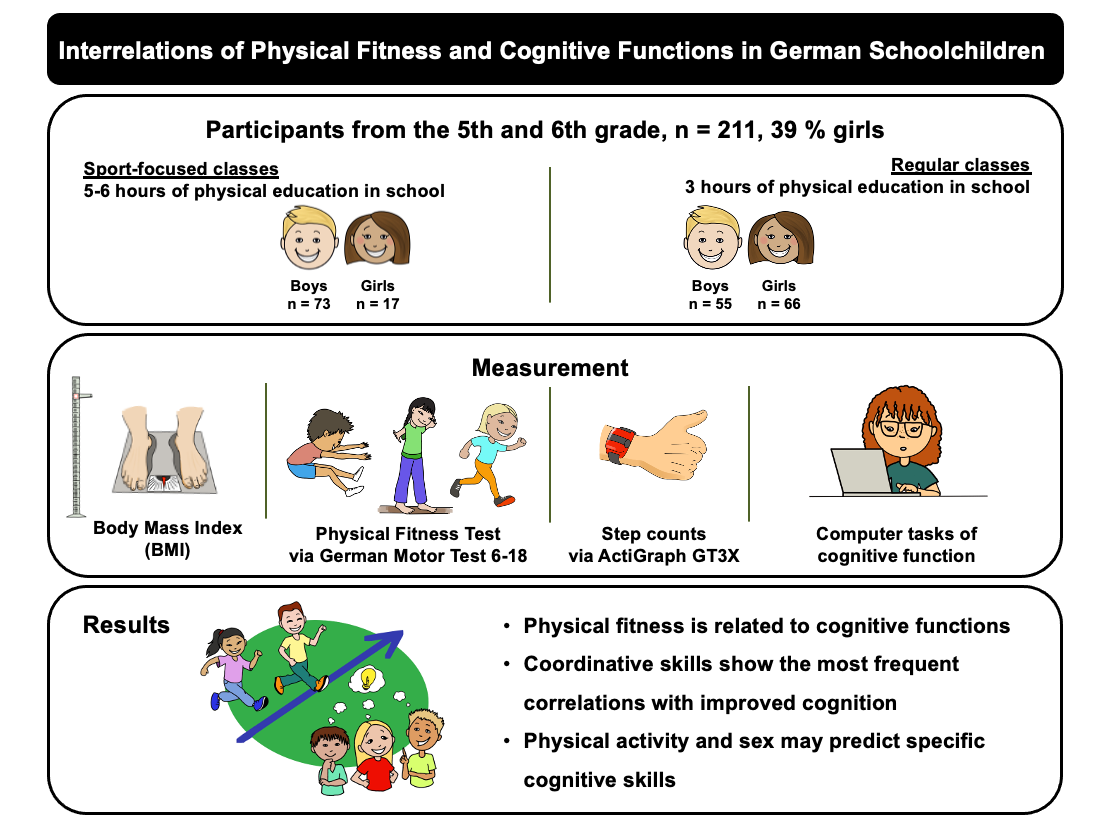
Skin Radiance: Nurturing Dermatological Wellness
Achieving radiant and healthy skin involves more than just superficial care. Let’s explore the importance of dermatological wellness and discover practical steps to nurture the well-being of your skin.
Understanding Dermatological Wellness
Dermatological wellness goes beyond mere skincare; it involves the overall health of your skin. Understanding the complex interplay of factors that contribute to skin health is crucial for achieving a radiant complexion.
Establishing a Consistent Skincare Routine
A consistent skincare routine forms the foundation of dermatological wellness. Cleansing, moisturizing, and protecting your skin from the sun are essential steps. Tailor your routine to your skin type and concerns for optimal results.
Choosing Skin-Friendly Products
The products you use play a significant role in dermatological wellness. Opt for skincare products with ingredients suitable for your skin type. Consider incorporating antioxidants, retinoids, and hyaluronic acid to address specific skin concerns and promote overall skin health.
Hydration for Skin Vitality
Hydration is a key factor in achieving skin radiance. Drink an adequate amount of water to keep your skin hydrated from within. Additionally, use a hydrating moisturizer to maintain skin elasticity and prevent dryness.
Balanced Nutrition for Skin Health
Nutrition directly impacts your skin’s health. A balanced diet rich in vitamins, minerals, and antioxidants contributes to radiant skin. Incorporate fruits, vegetables, and foods high in omega-3 fatty acids for nourished and vibrant skin.
Sun Protection for Skin Longevity
Protecting your skin from the sun is a non-negotiable aspect of dermatological wellness. UV rays can cause premature aging, pigmentation, and increase the risk of skin cancer. Use a broad-spectrum sunscreen with at least SPF 30, even on cloudy days, to safeguard your skin.
Stress Management and Skin Harmony
Stress can manifest on your skin in various ways, from acne breakouts to dull complexion. Practicing stress management techniques, such as meditation or deep breathing, contributes to skin harmony. A calm mind reflects in the radiance of your skin.
Adequate Sleep for Skin Regeneration
Quality sleep is essential for skin regeneration. During sleep, your skin undergoes repair and renewal processes. Lack of sleep can lead to under-eye circles, fine lines, and a tired complexion. Prioritize 7-9 hours of quality sleep for skin vitality.
Regular Dermatological Check-ups
Regular dermatological check-ups are vital for proactive skin care. Dermatologists can identify early signs of skin issues, provide tailored advice, and recommend effective treatments. Schedule annual check-ups to address any concerns and maintain optimal skin health.
Lifestyle Choices and Skin Wellness
Your lifestyle choices significantly impact dermatological wellness. Avoid smoking, limit alcohol intake, and maintain a healthy weight. These lifestyle factors contribute to overall well-being and positively influence the health of your skin.
Conclusion: A Radiant Journey to Dermatological Wellness
In conclusion, achieving skin radiance involves a holistic approach to dermatological wellness. From establishing a consistent skincare routine and choosing the right products to embracing a balanced lifestyle, each factor contributes to the overall health and vibrancy of your skin.
Explore more about Dermatological Wellness and skincare tips at StudentAls for additional resources and expert advice on nurturing your skin.





 Your concerns about eating during pregnancy will change slightly as your baby grows and develops throughout the next nine months. During the first three months, most expectant mothers must make sweeping lifestyle changes to accommodate the new baby. This may include weaning off a caffeine habit, no longer eating junk food, and switching to whole foods and all-natural foods in lieu of processed food products.
Your concerns about eating during pregnancy will change slightly as your baby grows and develops throughout the next nine months. During the first three months, most expectant mothers must make sweeping lifestyle changes to accommodate the new baby. This may include weaning off a caffeine habit, no longer eating junk food, and switching to whole foods and all-natural foods in lieu of processed food products. Men’s pot bellies usually has to do with the wrong food diet and lack of exercise, and that can turn on you quickly, producing too much excess insulin (from to much sugar in the diet and not enough exercise) depositing FAT into your GUT! Abdominal fat is different and more dangerous than fat elsewhere. Unlike fat under the skin, Belly Fat adheres to Organs and is associated with ( CRP) C reactive protein, just one of the markers of inflammation. Even worse, would be when your pancreas burns out over the years of producing excess insulin, that will begin to build up in your arteries resulting in possible heart attack and strokes.
Men’s pot bellies usually has to do with the wrong food diet and lack of exercise, and that can turn on you quickly, producing too much excess insulin (from to much sugar in the diet and not enough exercise) depositing FAT into your GUT! Abdominal fat is different and more dangerous than fat elsewhere. Unlike fat under the skin, Belly Fat adheres to Organs and is associated with ( CRP) C reactive protein, just one of the markers of inflammation. Even worse, would be when your pancreas burns out over the years of producing excess insulin, that will begin to build up in your arteries resulting in possible heart attack and strokes.